
Senior physics writer Emily Conover joined Science News in 2016. She has a Ph.D. in physics from the University of Chicago, where she studied the weird ways of neutrinos, tiny elementary particles that can zip straight through the Earth. She got her first taste of science writing as a AAAS Mass Media Fellow for the Milwaukee Journal Sentinel. She has previously written for Science Magazine and the American Physical Society. She is a two-time winner of the D.C. Science Writers’ Association Newsbrief award, and a winner of the Acoustical Society of America’s Science Communication Award.

Trustworthy journalism comes at a price.
Scientists and journalists share a core belief in questioning, observing and verifying to reach the truth. Science News reports on crucial research and discovery across science disciplines. We need your financial support to make it happen – every contribution makes a difference.
All Stories by Emily Conover
-
 Physics
PhysicsThe universe might have a fundamental clock that ticks very, very fast
A theoretical study could help physicists searching for a theory of quantum gravity.
-
 Physics
PhysicsPhysicists have ‘braided’ strange quasiparticles called anyons
All known particles fall into two classes. Physicists just found new evidence of a third class in 2-D materials.
-
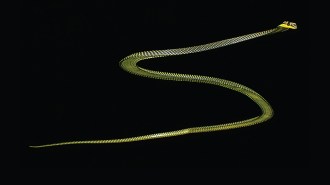 Life
LifeHere’s how flying snakes stay aloft
High-speed cameras show that paradise tree snakes keep from tumbling as they glide through the sky by undulating their bodies.
-
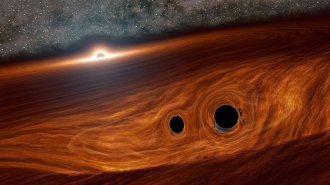 Space
SpaceColliding black holes may have created a surprising flare of light
A flare-up after a gravitational wave outburst may be the first sighting of light from colliding black holes.
-
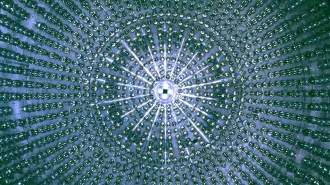 Particle Physics
Particle PhysicsPhysicists spot a new class of neutrinos from the sun
Researchers with the Borexino experiment in Italy have detected neutrinos produced in the secondary fusion process taking place in the sun’s core.
-
 Quantum Physics
Quantum PhysicsTo live up to the hype, quantum computers must repair their error problems
Before quantum computers can reach their potential, scientists will need to master quantum error correction.
-
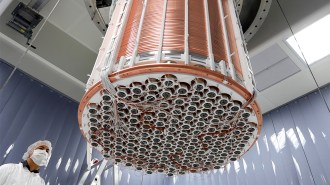 Particle Physics
Particle PhysicsAn unexpected result from a dark matter experiment may signal new particles
An excess of events spotted in the XENON1T experiment could be signs of solar axions or weird, new properties of neutrinos, but not dark matter itself.
-
 Particle Physics
Particle PhysicsMeasuring the neutron’s lifetime from space could solve an enduring mystery
Measurements on Earth show that lone neutrons decay after about 15 minutes, and now scientists have measured that lifetime from space.
-
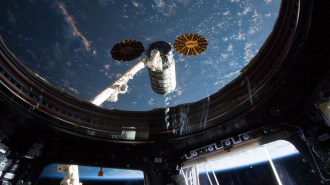 Quantum Physics
Quantum PhysicsThis weird quantum state of matter was made in orbit for the first time
Bose-Einstein condensates made on the International Space Station could reach temperatures lower than any known in the universe.
-
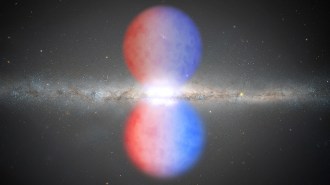 Space
SpaceThe Milky Way’s giant gas bubbles were seen in visible light for the first time
Variation in the light’s wavelengths could help scientists map the velocity of the gas that makes up the towering structures known as Fermi bubbles.
-
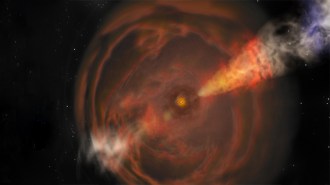 Space
SpaceA weird cosmic flare called the ‘Cow’ now has company
Scientists have now found three similar luminous, short-lived bursts of light, part of a class known as fast blue optical transients.
-
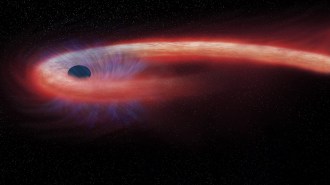 Physics
PhysicsA star shredded by a black hole may have spit out an extremely energetic neutrino
A star’s fatal encounter with a black hole might have produced a neutrino with oomph.